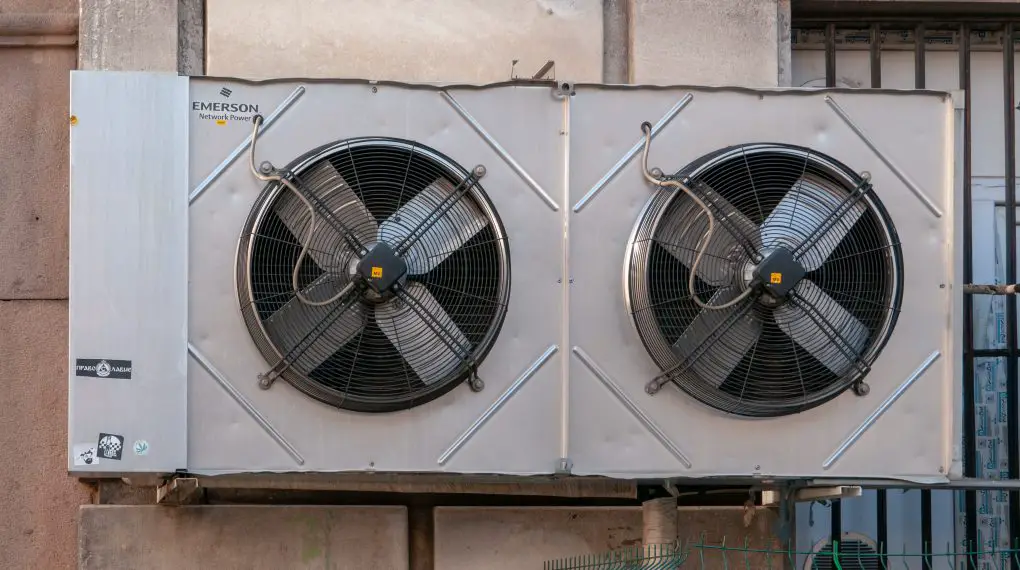If your AC compressor engages but no pressure change, you’ve come to the right place for solutions. This comprehensive guide will help you identify, troubleshoot, and resolve the issue in straightforward, easy-to-understand steps.

Table of Contents
Step-by-Step Troubleshooting Guide
If you’re facing this issue, there are specific steps you can take to diagnose and, in some cases, fix the problem. Here’s a comprehensive guide:
Step 1: Check Refrigerant Levels
Turn off the AC system first to ensure your safety. Wear protective gloves and goggles.
Connect a refrigerant gauge to the service valve and check the levels. If you find the refrigerant is low, refilling it is crucial, but due to environmental concerns and legal constraints, it’s advisable to have a certified technician handle this.
You can use this Amazon-listed Orion Motor Tech 4 Way AC Gauge Set if your AC uses R410a, R22, or R134a refrigerant.
Step 2: Inspect Electrical Connections
Before proceeding, make sure to turn off the electrical supply to the AC system to prevent any electrical shock. Open the electrical panel near the compressor and inspect all wires and connections.
Look for loose wires, signs of corrosion, or burnt spots. Tighten any loose connections and replace wires as needed.
Step 3: Examine Pressure Sensors
The pressure sensors are usually located near the refrigerant lines or the compressor itself. Use a multimeter like this KAIWEETS HT118E Digital Multimeter from Amazon to test the sensor. Disconnect the sensor from the system and touch the multimeter probes to the terminals.
If the multimeter shows no reading or a constant reading regardless of pressure changes, the sensor is likely faulty and needs replacement.
Step 4: Check Valves and Lines
Valves and lines can get blocked due to debris or could be damaged. Visually inspect these parts for any blockages or signs of wear and tear.
If you find a blockage, you may try to manually remove it using appropriate tools, but often, replacing the blocked or damaged part is the safest course of action.
Common Causes for AC Compressor Engages But No Pressure Change
The AC system is complex and several elements can contribute to the compressor engaging without causing a pressure change. Let’s delve into the common culprits:
Low Refrigerant Levels: When the refrigerant level is too low, the compressor may not be able to create the necessary pressure for the AC system to work efficiently. Refrigerant is the substance that absorbs and releases heat, allowing your system to cool the air.
Electrical Problems: Electrical issues such as damaged wiring, blown fuses, or tripped circuit breakers can disrupt the power supply to the compressor, causing it to malfunction. These issues may not halt the compressor completely but can affect its ability to build pressure.
Faulty Pressure Sensors: The AC system relies on pressure sensors to regulate its functions. If these sensors are faulty, they may incorrectly signal that the pressure is fine when it is not, thus the compressor engages but doesn’t change the pressure.
Blocked or Damaged Valves: Valves control the flow of refrigerant within the AC system. If they are damaged or blocked, they can prevent the correct amount of refrigerant from flowing through the system, thus affecting the pressure change when the compressor engages.
Check out these other related articles…
What is Compressor Lockout: Your Comprehensive 411 Guide
What Causes Low Pressure Lockout: Your Comprehensive Guide
Compressor in Lockout Mode: Fixed in 4 Easy Steps
AC Compressor Keeps Running: 3 Simple Solutions
Loud AC Compressor: 3 Simple DIY Fixes
When to Call a Professional
If you’ve gone through these steps and still face the issue of your AC compressor engaging but no pressure change, it’s time to consult a certified technician. Complex issues might be at play, requiring specialized tools and expertise for a proper diagnosis and repair.